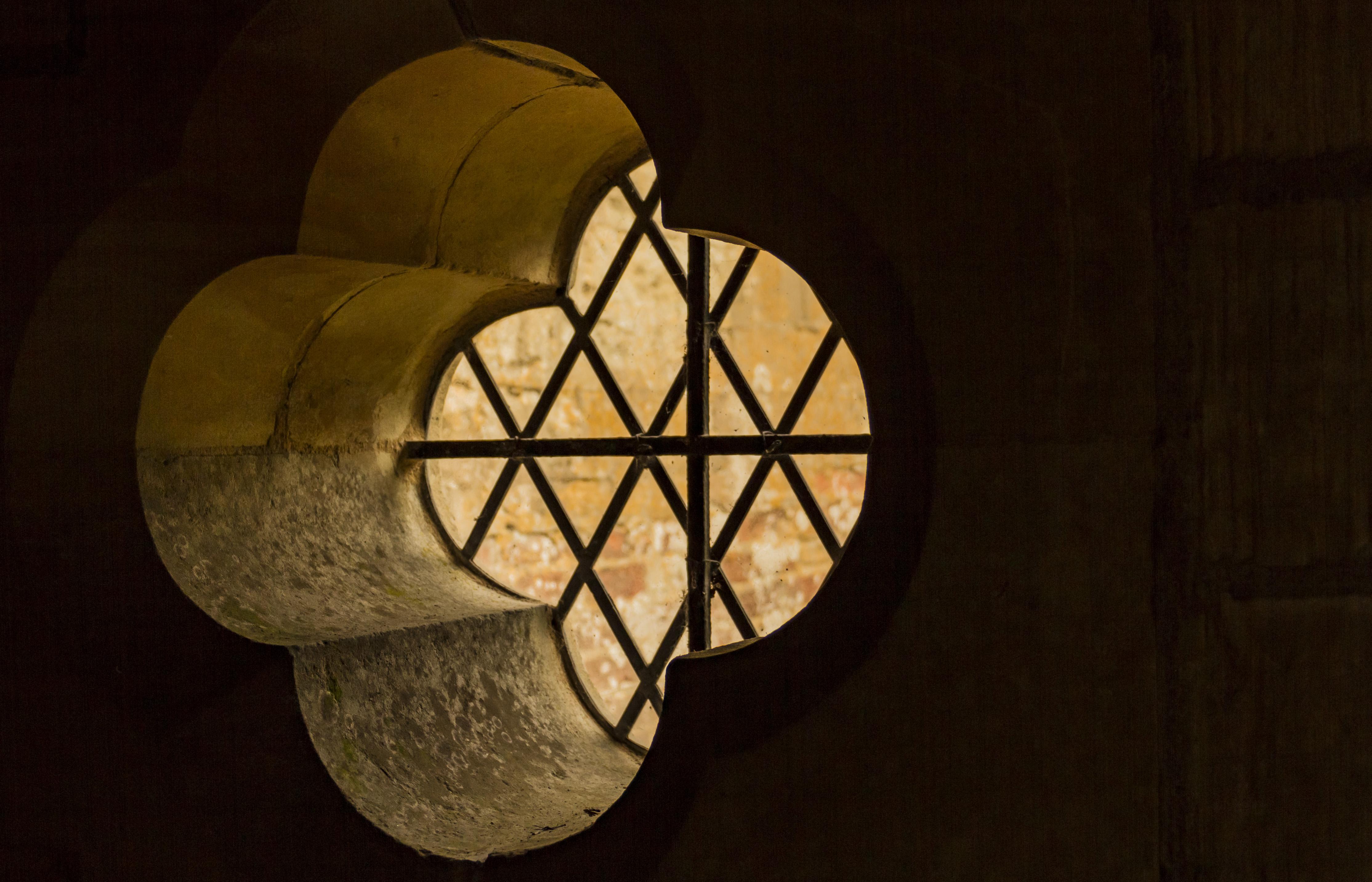
Quinquennial and other inspections
The regular inspection of historic churches by a specialist is hugely important.
Most churches, and many secular historic buildings, are inspected every five years (their quinquennial inspection). Some, or some parts, should be inspected more regularly.
1. Quinquennial inspection
A quinquennial inspection is a complete survey of all aspects of a church's fabric. It should:
- note the condition of every aspect of the building, and check for changes
- identify problems which have developed since the last inspection
- check that maintenance standards are appropriate
- check that previous recommendations have been applied
- identify urgent priorities for repair or conservation
- plan long-term works
Church of England : Quinquennial Inspections
The Baptist Union : Quinquennial Inspections
Methodist Church : Quinquennial Inspections
Church of Scotland : Quinnquennial Reports
2. Appointing a specialist inspector
Appointing a specialist is very important.
Historic churches deteriorate and change in ways very different from modern buildings. A specialist in historic buildings and materials can distinguish between issues that need attention and the superficial results of the ageing process. It is also important that specialists stay up to date, as there are new scientific approaches to maintenance and repair being tested all the time.
When appointing an inspector you should always check their accreditation, membership of professional bodies, training and relevant experience. It is also a good idea to see previous examples of previous QI reports they have produced.
There are variations between denominations and dioceses, but many must also approve the appointment of your inspector, to ensure 'that a person has the appropriate knowledge and experience relative to the type, size and age of the building'.
Building Conservation : The Appointment of Professionals for Quinquennial Inspections
3. Your QI report
Your inspector should provide you with a full survey report, which includes the survey findings, including photographs, details of any work required or upcoming, and even an idea of potential costs. It may also recommend further specialist reports. It is important that everyone concerned with the care of your building read and understand it and its recommendations.
Your QI reports are vital in helping you to care for your church building. Each one gives you a snapshot of the state of your building, and over time they will show the benefits of your regular maintenance and timely repairs. It is also read by your diocese and any grant-giving bodies which you approach.
4. Other regular inspections
There are a number of other surveys and tests which should be regularly carried out. In your QI year it is a good idea that they are done before your inspection, so that their results can be included in the overall report.
They include:
- Electrics : tested every five years by an electrician who is a member of the NICEIC or the ECA
- Lightning conductor : tested annually by a suitable specialist
- Energy review : carried out every few years to test efficiency of energy use
- Arboricultural report : particularly if you have trees with preservation orders in your churchyard
